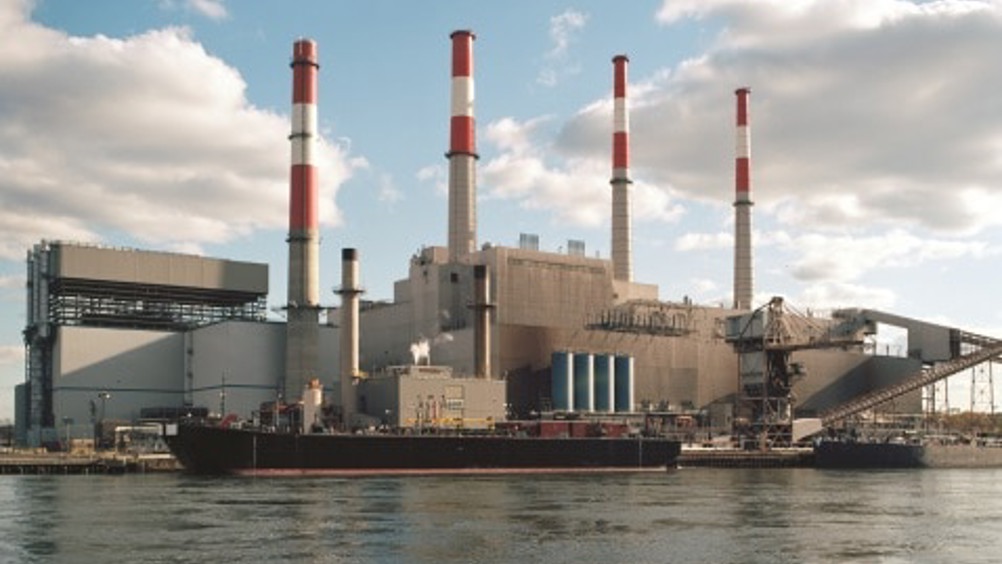US researchers develop ultra-efficient carbon capture material

Researchers in the US have developed an advanced material that they claim could help dramatically improve the efficiency of carbon capture and storage processes.
The material, developed by a team at the University of California, Berkeley, is able to remove carbon dioxide from the atmosphere at a range of different temperatures and then release it at lower temperatures than current carbon-capture materials.
According to Prof Jeffrey Long, who is heading up the work, the material could potentially reduce the energy required by the process by more than fifty per cent and could enable significant reductions in size.
“Carbon dioxide is 15 per cent of the gas coming off a power plant, so a carbon-capture unit is going to be big,” he said in a statement. “With these new materials, that unit could be much smaller, making the capital costs drop tremendously as well as the operating costs.”
Register now to continue reading
Thanks for visiting The Engineer. You’ve now reached your monthly limit of news stories. Register for free to unlock unlimited access to all of our news coverage, as well as premium content including opinion, in-depth features and special reports.
Benefits of registering
-
In-depth insights and coverage of key emerging trends
-
Unrestricted access to special reports throughout the year
-
Daily technology news delivered straight to your inbox











Water Sector Talent Exodus Could Cripple The Sector
Maybe if things are essential for the running of a country and we want to pay a fair price we should be running these utilities on a not for profit...